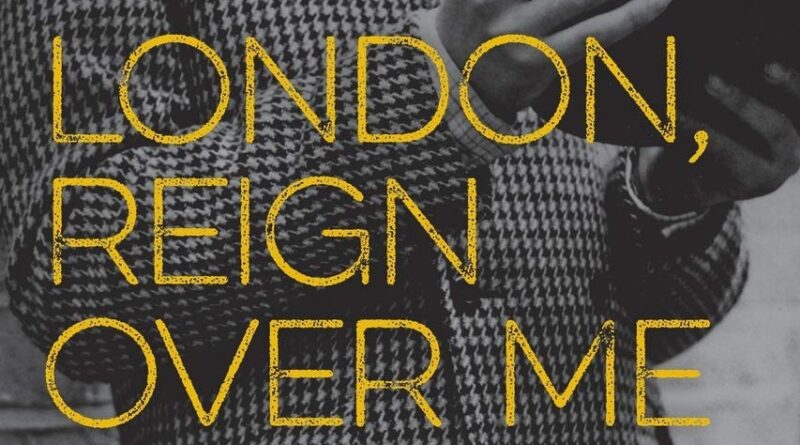BOOK REVIEW: London, Reign Over Me: How England’s Capital Built Classic Rock
Classic rock. To a younger generation of Americans, those two words mean little in this, a conglomerate corporate media world that is more interested in selling advertising than understanding what they are actually hocking. Anymore, everything from Pink Floyd to Guns N’ Roses is saddled with the label “classic rock.” Why? Just because.
Fortunately there are enough music aficionados and literary fans remaining who dig deeper and ask questions, one of which is: What is “classic rock” anyway?
Enter author Stephen Tow. Tow steps up with what he believes is the truest answer to that and many other questions in his newly-released book, “London, Reign Over Me: How England’s Capital Built Classic Rock.”
“From the ignition of Liverpool’s The Beatles to London’s Rolling Stones and the R&B boom through the various incarnations and explorations and mixing of American and European influences, the world has been gifted something precious for generations to come. And London was the center of it all,” he writes.
Tow makes an argument for the English city being the birthplace of classic rock with 216 pages of lineage breakdowns and interviews to back it up. Tow takes the reader back to a time when rock n’ roll was still in its maturation stages, having evolved from a jazz trombonist named Chris Barber, who formed his first non-professional jazz band as a 19-year-old in 1949. Barber joined forces with an equally youthful guitarist named Alexis Korner soon thereafter, and a style was conceived, at least in its very, very raw stages. Korner, Tow writes, would emerge a decade later with his own band of then-unknowns by the names of Charlie Watts, Brian Jones (both of whom later played in the Rolling Stones) and Ginger Baker and Jack Bruce, who went on to play with Eric Clapton in Cream.
At the heart of it all was the blues. Brits coined the phrase, “rhythm and blues,” Tow writes, whereas in the States, it was, and still is, more often referred to as just the “blues.” It was this deep appreciation for R&B and its musicians such as Korner, Big Bill Broonzy and Muddy Watters that gave British artists a starting place.
Tow backs up his claim with not only opinion, but revealing interviews with some of the artists who were actually there, including Ian Anderson (Jethro Tull), Peter Frampton (Humble Pie), John Mayall (The Bluesbreakers), Paul Rodgers (Free) and Roger Glover of Deep Purple, just a few of the 90 interviews in the book.
Tow’s narrative isn’t heavy-handed or pompous in style, which makes the book an easy and relatively short read. The author doesn’t claim to know it all, but he does have a strong, confident writing voice to present his case. Tow’s picture of the British music scene from the early 1960s to 1969 is easy to digest, leaving the reader wanting more, specifically where he leaves off, another musically important year with the introduction of heavy rock. But that’s another book.
For those with a curiosity of how classic rock actually came to be — in the eyes of one man — “London, Reign Over Me: How England’s Capital Built Classic Rock” is an excellent study.
“And that was London is the 1960s,” Tow concludes in the book. “Anything could happen, and it did. And we’re better for it.”
And we’re better for this book, too.
“London, Reign Over Me: How England’s Capital Built Classic Rock”
Stephen Tow. Rowman & Littlefield, $28 (216p)
ISBN 978-1-5381-2717-9


